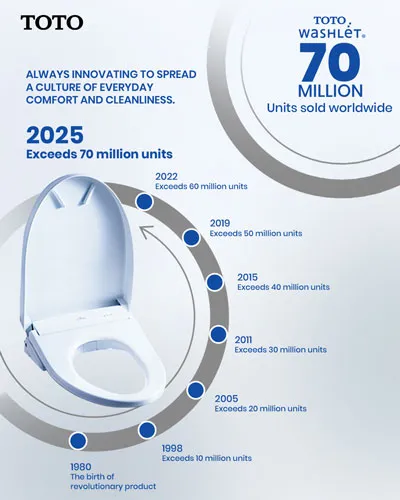The ongoing COVID-19 pandemic has caused unprecedented disruption across the globe. Like the rest of the world, we were not prepared to deal with a crisis of this nature that clearly has profound repercussions both economically and physiologically. The scale of the outbreak has given rise to new ways of life and seamless adaptation to several new norms. Remote working or work from home and virtual interactions have found greater acceptance in the wake of the pandemic.
A clear distinction between a pre and post-COVID world is being established even as businesses gradually try to pick up activity in the recent weeks after prolonged lockdown.
In the post-COVID era, we foresee a massive mindset shift in how people live and work. Real estate’s famous mantra of ‘location, location, location’ may not be enough to sustain in the post-pandemic world. Going forward, developers will have to evolve and rely on more value-based themes, innovations and services to meet the changing demands in the new environment. In such times, we expect all key stakeholders of the industry to be the torchbearers of the new theme as survival will rest on delivery, value creation and sustainability.
The Pre-COVID-19 phase
For the residential real estate market, the last few years have been challenging as well as transformative. In many locations, the sector reeled under a substantial supply-demand mismatch, ambiguous regulations and unrealistic prices. The liquidity crisis in the last two years further amplified the pain of developers leading to a long pause in the revival of the housing market. However, the real estate sector, with all its woes, also saw some landmark structural changes which came in the form of demonetisation, implementation of RERA, introduction of GST as well as Insolvency and Bankruptcy Code. While these were much-needed reforms, they did leave the industry in uncharted territories on several occasions. Having said that, the residential market had started to see some green shoots and recorded growth for two consecutive years, ie 2018 and 2019 as compared to 2016-17. The growth came on the back of consolidation, regulatory changes, recalibration of unit sizes and price-recalibrations. We expected the trend to continue if not for the pandemicthat has halted every activity and impacting buying sentiment.
Post-COVID-19 phase
In the post-COVID era, we expect the residential buying activity to improve as the situation has once again drawn attention to brick and mortar investments. What really will change is the buying behaviour of both end-users and investors. At present, buying choices are mostly driven by need, budget and proximity to work-place. With the increasing acceptance of the work-from-home culture, we believe the requirement to buyhomes with bigger physical space factoring in office or study area will become more intense. Location choices will expand to include well-connected suburbs providing superior-quality accommodation at the right price. The value will be derived from the kind of amenities offered, size, quality of housing and overall ease of living in the locality.
Connectivity to work-place, robust social infrastructure will also determine the choice of location for homebuyers.
Savills research also indicated that investors are likely to show a higher preference for smart homes and integrated townships in the post-COVID world. Despite the gloom, over 21 per cent of end-users are expected to come back to the market in the coming 6-12 months. Another trend that is likely to emerge is interest for customers to purchase properties outside their city or country of residence either for end-use or investment purpose. This trend will be fueled by the increasing integration of technology across the value chain of transactions, thereby providing ease and transparency to buyers,especially to those looking for homes from a distance.
However, the revival of housing will warrant equal effort from all stakeholders. Low borrowing rates, government intervention with specific tax reforms such as the reduction in stamp duty and ready reckoner rates as well as developers’ focus on delivery and transparency will be the key for demand resurgence.
About the Author:
Shveta Jain is Managing Director, Residential Services at Savills India.




















